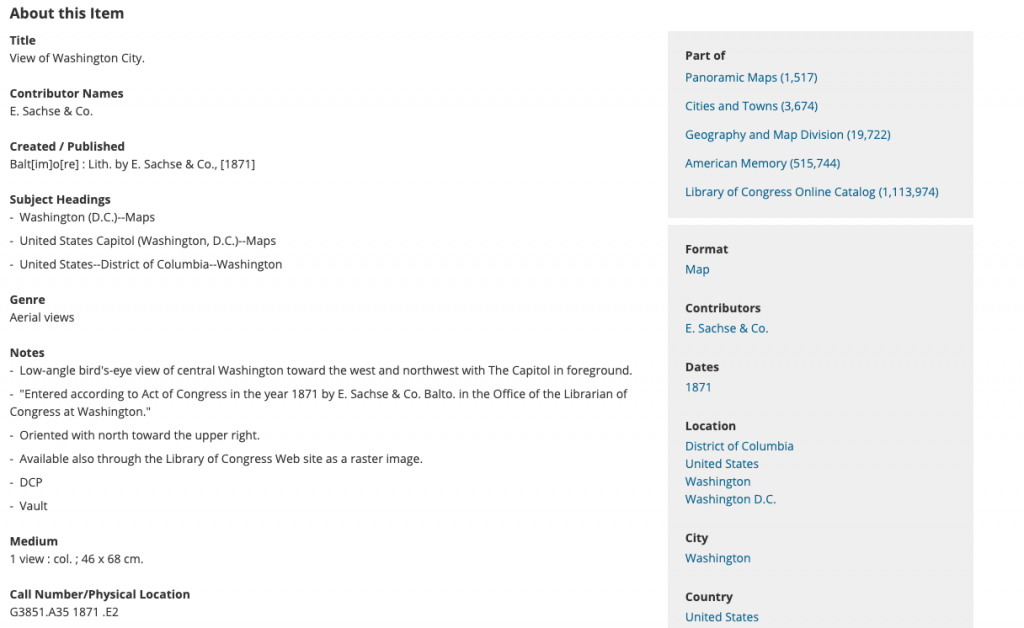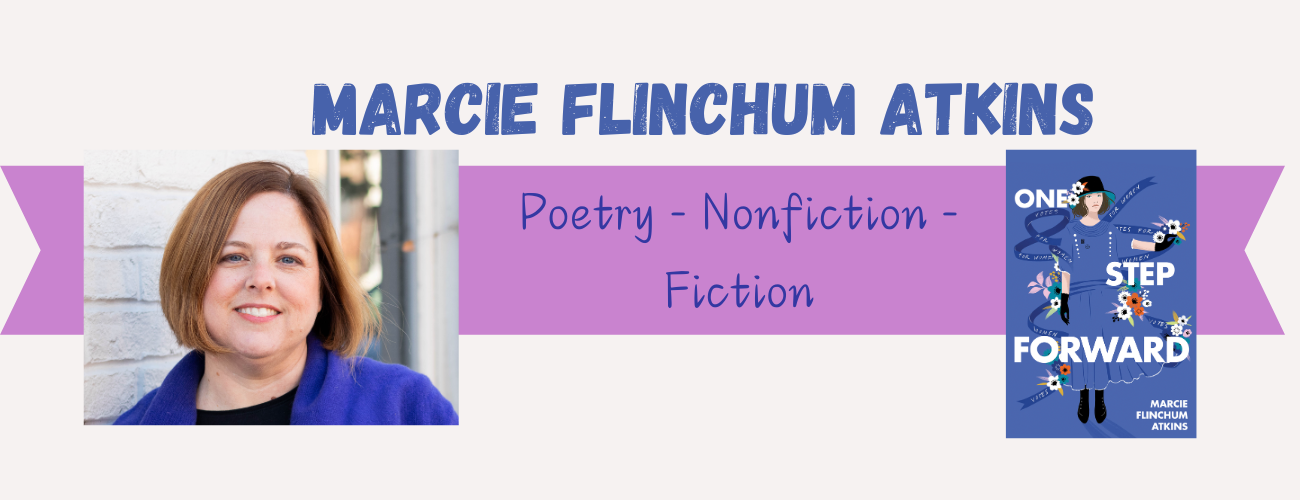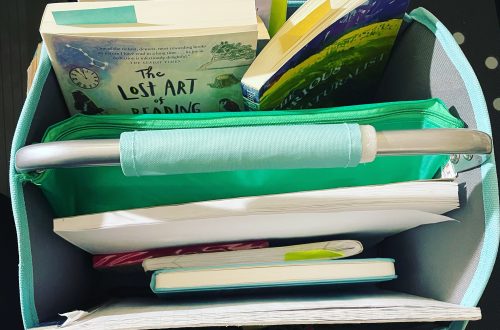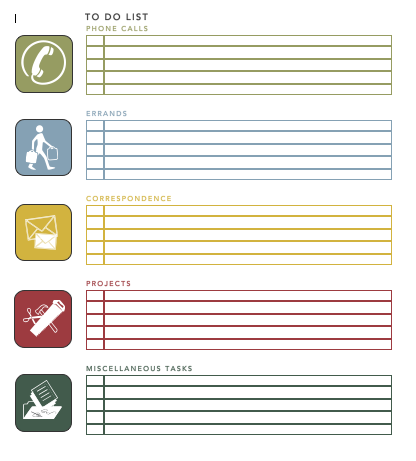Portals into Your Subject: Using Photographs as Research Tools
Have you ever come across a really interesting photo and thought: I wonder what the story is behind that photo? Or maybe you’ve had a topic in mind and as you research you find lots of interesting historic photos.
This post isn’t going to be about how to find photos for your research. There are hundreds of libraries and archives that hold digital and print photographs and each subject will lend itself to a different location to look. Rather, this post is about how to look at photos and utilize them in your research.
They say a picture is worth a thousands words. So what can we learn from the visual medium that we can’t learn in book or articles? How do we, as researchers and writers, glean as much as possible from photographs?
I’m not an expert. I’m not a historian (though I wish I were one). My background is in teaching. As a librarian and teacher, I use a lot of photographs to begin inquiry with my students. I’m also a researcher and a writer. I have used photos in my research for projects that have not yet sold. These tips are going to be from an educator’s and writer’s personal experiences. This post came about because of a discussion on a Facebook group of nonfiction writers. I thought I’d write a post about how I do it. It’s definitely not the only way, but it’s how I dive in.
Take Time to Just Look
I do this with kids. Before we verbalize our wonderings, we just look. If you have a computer that enlarges a digitized photo, make it full screen. Take a good long look. Notice. Look over the details—the big and the small.
Write down every thing that you see.
Who is in the photo?
What are they doing?
What else do you notice in the foreground? In the background?
What other items are in the photo (clothing, period details, landscape, time of year)?
Are there conclusions you can draw from what you can see? Maybe you can tell the weather or the season.
What details do you notice that are concrete enough that could work their way into your writing? Are there things about the setting or the characters that could help you make your writing more descriptive, more concrete?
Create Questions
Write down what you wonder about. What questions does this photo create for you? There might be things that are in the photo that you don’t know and will have to investigate further.
How is it connected to what you already know about this time period? Often I find photos some of the most intriguing pieces of research. If I find them in the beginning of my research process, it’s good to come back to them again, after I know more about the subject. Then I can glean even more details or have a better understanding.
Study Around the Photo
Beyond details we know, what about what we don’t know?
Who is left out of the photo?
What is beyond the frame?
What is the story here?
What is the hidden story?
Metadata
You can do this step in the beginning if you want. When I show photos or artwork to kids, we let them think about it before giving them extra details, but as a researcher, you might want to dive right into the details right away. Many photo archives will have descriptors, tags, captions, years, photographers, or other metadata that might be helpful to your research. Is it part of a collection of other photos? Dig into those. Sometimes the metadata can send you down a rabbit hole of research.

Taking Notes
As I study photos, especially if they are going to be key in my work-in-progress, I put the notes on a large index card—one per photo. If the photo has an identifier (number or record), I write it on the top of the index card. Somehow keep track of where you found it. If it’s free and downloadable, download into your computer—just be sure you know how to get back to it online.
Photos
I know I said this wasn’t going to be a place where I talked about where to find photos, but if you want some fun locations to find photos to practice these techniques or go digging for new stories, I have posted some of my favorite places to dig into photos below.
Library of Congress—Free to Use and Reuse
National Archives Digital Photos
Tell Me More
How do you study photos in your research? What details do you write down? How do you keep track of your questions? How do you find out answers to your questions?





